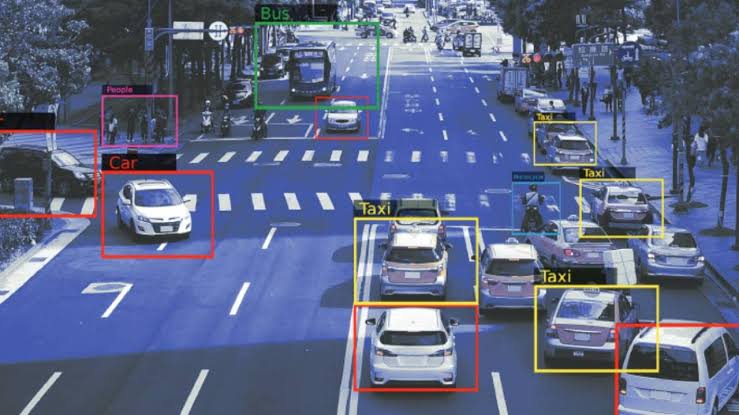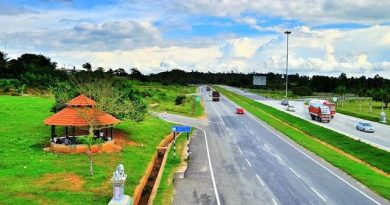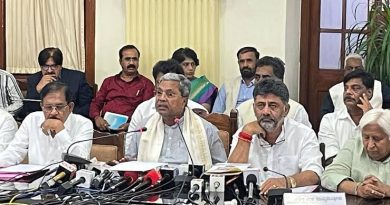Bangalore Introduces Smarter Traffic Signals to Tackle Gridlock : Bhaskar Rao Calls it ‘Counterproductive’
Bangalore Mail Team
Bangalore Introduces Smarter Traffic Signals to Tackle Gridlock
Bangalore, July 26 — In a move aimed at modernising traffic flow and reducing daily commute chaos, the city has begun implementing upgraded intelligent traffic signals under its Adaptive Traffic Control System (ATCS).
The city’s traffic police recently announced the development on X (formerly Twitter), highlighting the new system’s ability to use live traffic data to regulate signal timings dynamically. Dubbed the Bangalore Adaptive Traffic Control System (BATCS), the initiative is designed to cut down wait times and improve the overall driving experience across major intersections.
“Smarter signals, smoother movement” — read a tagline in an official video shared by the traffic department. The video showcases a key update: countdown timers that now appear even when signals are in manual or sensor-driven modes. Authorities believe this will help drivers anticipate green lights and reduce abrupt starts and stops at junctions.
This rollout comes shortly after Karthik Reddy, a senior bureaucrat, took over as the city’s traffic police chief. His appointment has coincided with renewed efforts to improve traffic management across Bangalore’s often-congested roads.
Despite the technological push, not everyone is convinced. Some citizens have voiced their frustration on social media, describing the current signal patterns as inefficient and poorly calibrated. One widely shared post criticised inconsistent wait times and delays caused by overlapping signal phases.
Former police commissioner and BJP leader Bhaskar Rao also weighed in on the controversy, calling the AI-assisted signal system “counterproductive.” In his post, Rao argued that longer queues and more frequent manual overrides suggest the system isn’t functioning as intended.
Traffic congestion remains one of Bangalore’s most persistent urban challenges. The city’s recent ban on bike taxis — previously a convenient option for short-distance travel — has only intensified the strain on existing infrastructure. Meanwhile, ongoing construction work and stalled transport projects continue to choke critical junctions.
Officials say the smart traffic system is only one part of a broader mobility overhaul. Whether it leads to lasting relief or more debate remains to be seen.




